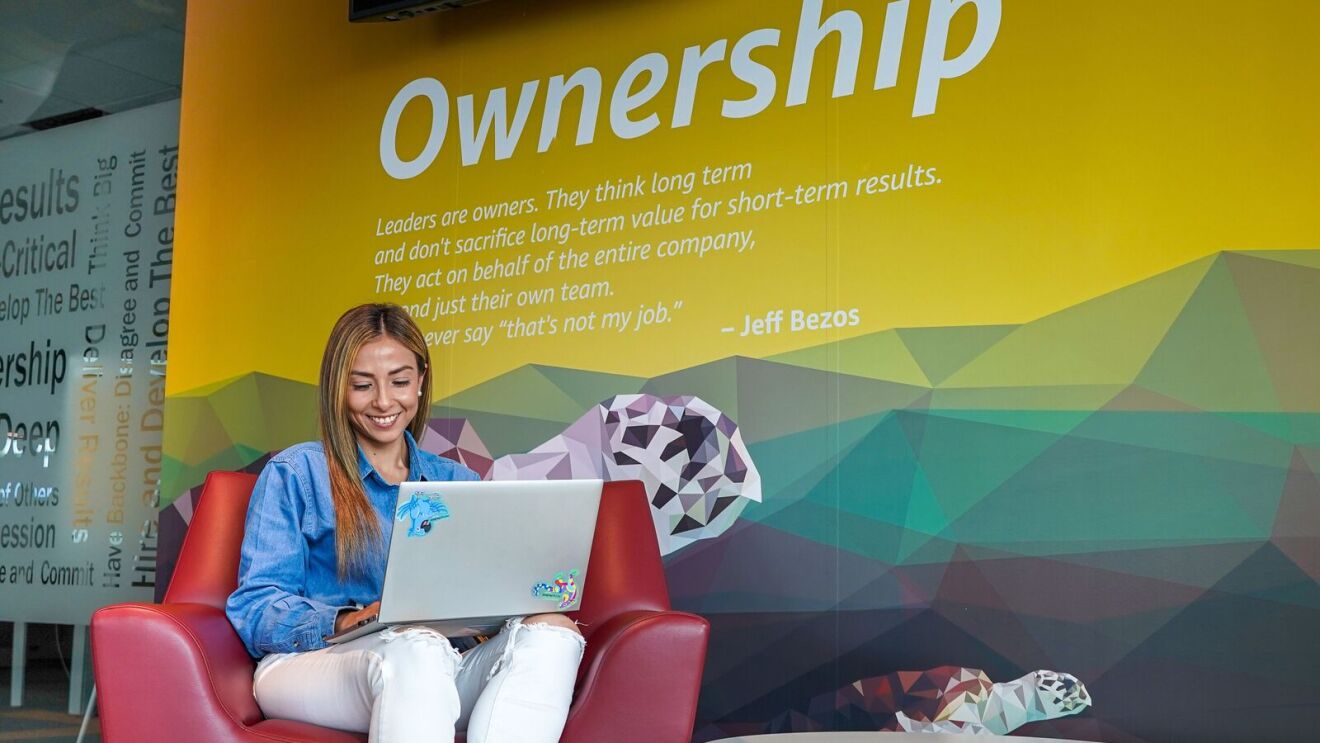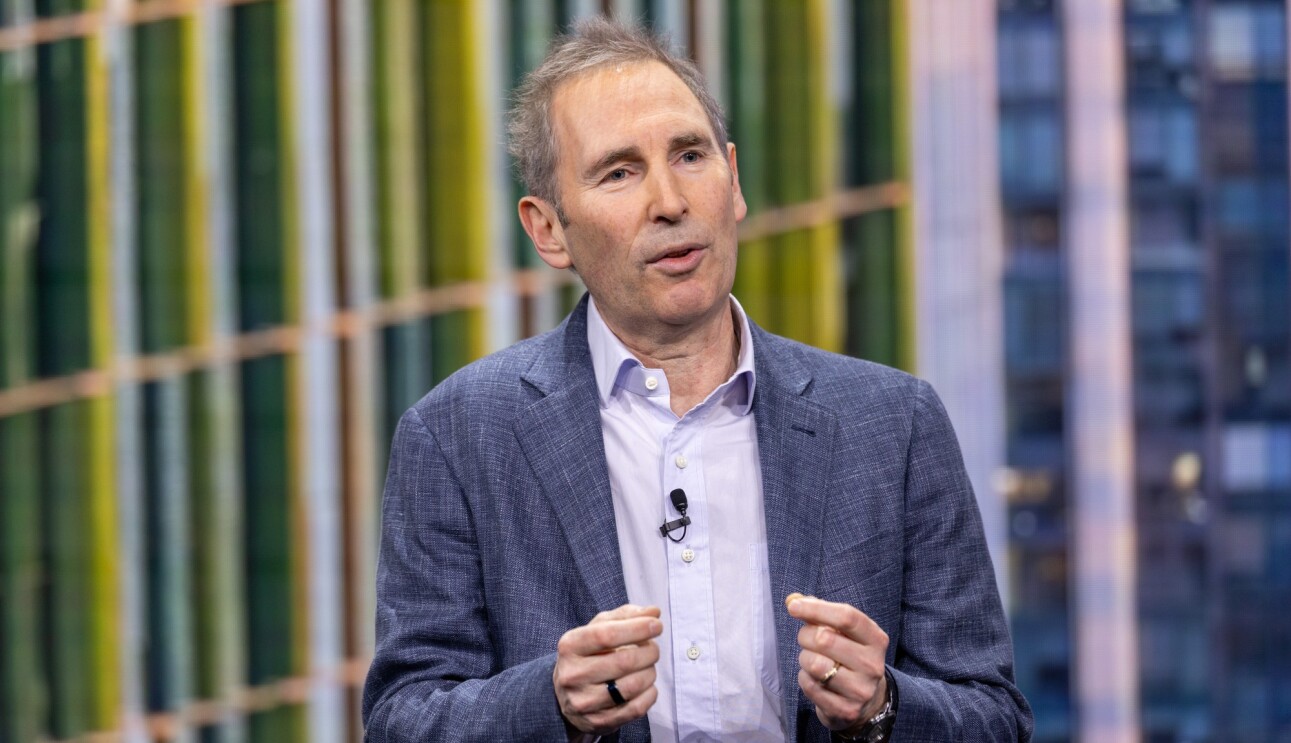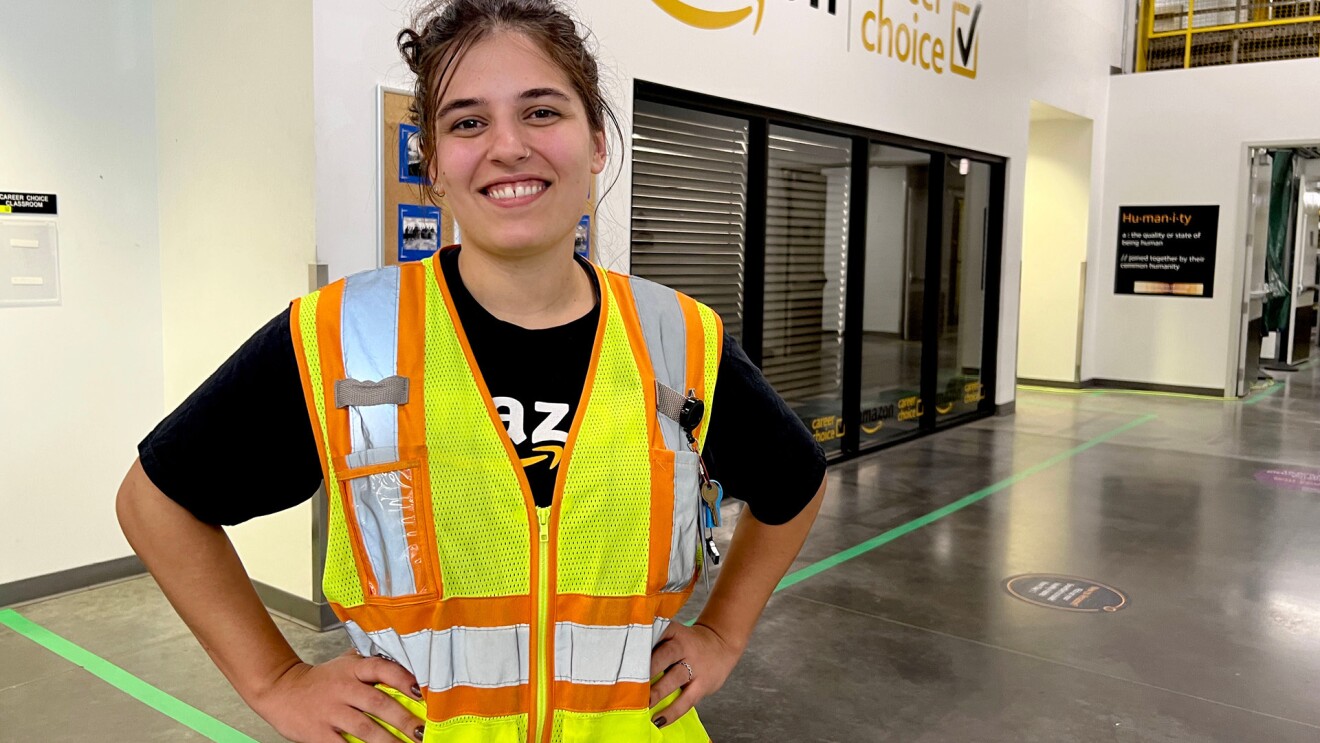Our Leadership Principles aren’t just corporate jargon hanging on office walls. These 16 guiding principles form the backbone of every decision, project, and hire at Amazon.
While at Amazon, I’ve seen firsthand how our Leadership Principles shape not only our hiring decisions but our entire company culture. Through my work in employer brand and recruiter enablement, I’ve helped countless candidates navigate our interview process.
Today, I’m sharing insider tips to help you understand these principles and effectively demonstrate them during your interview.
Understand why Amazon’s Leadership Principles matter
Given their central role in our culture, it’s no surprise that our interview process is designed to assess how well candidates align with and can apply these principles.
We’re not just looking for skills and experience; we’re searching for individuals who can thrive in our culture and contribute to our mission. This is why understanding and being able to articulate your experiences through the lens of our Leadership Principles is crucial for success in Amazon interviews.
All Leadership Principles are equally important at Amazon, but to help you prepare for your upcoming interview, let's explore a few examples of how you might demonstrate these principles in your responses.
Customer Obsession is fundamental to Amazon's mission to be Earth's most customer-centric company. Be prepared to share specific examples of how you've put customers first, even when it wasn't the easiest path.
Closely related to this is our principle of Ownership, which is equally crucial. We believe every Amazonian should think and act like an owner of the company. This mindset drives accountability and long-term thinking, enabling us to solve complex problems and deliver results for our customers.

In your responses, focus on times when you've taken on challenges beyond your role or seen projects through to completion despite obstacles.
Finally, underpinning both of these principles is our commitment to Learn and Be Curious. This principle is essential to Amazon's culture of innovation and continuous improvement.
In a rapidly changing world, we value individuals who are never done learning and always seek to improve themselves and our processes. Consider sharing examples of how you've pursued new knowledge, adapted to changing circumstances, or innovated in your previous roles.
Craft interview stories that focus on Leadership Principles
How you structure your responses is just as important as the experiences you share during your interview.
We recommend preparing multiple examples for each Leadership Principle. This allows you to adapt to different questions and demonstrate how you’ve applied these principles across various situations.
However, remember to stay authentic. We’re interested in your genuine experiences and learning moments, not perfect answers. Don’t be afraid to discuss challenges you've faced or mistakes you’ve learned from, as this shows self-awareness and a growth mindset.
One of the most crucial tips when discussing the Leadership Principles is to focus on “I” instead of “we” when describing your achievements.
Use the STAR method to showcase Leadership Principles

Take time to review each Leadership Principle carefully, reflecting on your professional experiences that best demonstrate them.
Practice structuring your interview responses using the STAR method (situation, task, action, result), ensuring you highlight your personal contributions and quantifiable results.
Storytelling is an essential skill for Amazon interviews. Be specific and detailed—quantifiable results make your examples more powerful and memorable.
Let’s look at an example using “Customer Obsession.” A strong STAR response might be:
- Situation: “While managing a product launch, we received concerning feedback from early users.”
- Task: “I needed to determine whether to proceed with the scheduled launch or delay to address customer concerns.”
- Action: “I personally reached out to 20 customers to gather detailed feedback, analyzed the data, and recommended delaying the launch by two weeks to implement critical improvements.”
- Result: “The revised product launched with a 95% customer satisfaction rate, compared to the 70% satisfaction rate of our beta version.”
Practice sample Leadership Principle responses
Here are some strong interview responses that effectively demonstrate key Leadership Principles. We’ll focus on some of our most frequently assessed principles and break down what makes these answers compelling.
- Customer Obsession: “In my role as a product manager, I noticed our customer service team was receiving repeated complaints about a feature that customers found confusing. While our technical metrics showed the feature was functioning correctly, I spent two days shadowing our customer service team and personally reviewed 100 customer feedback submissions. Despite pressure to move on to new projects, I advocated for and led a redesign of the feature. This resulted in a 40% reduction in related customer service tickets and a 25% increase in feature adoption. What I learned was that technically correct doesn’t always mean customer-friendly.”
- Ownership: “When our team’s critical project fell behind schedule, I didn’t wait for someone else to fix it. I mapped out the bottlenecks, identified that we were missing key input from another department, and took the initiative to establish weekly cross-team syncs. I personally managed these meetings and created a shared dashboard to track dependencies. Not only did we get back on schedule within three weeks, but the collaboration framework I established became the standard for future cross-team projects.”
- Learn and Be Curious: “As a software developer, I noticed our team using outdated technologies, limiting our efficiency. I took initiative to learn a modern programming language and frameworks in my spare time. After becoming proficient, I presented my findings to the team, demonstrating potential benefits. This led to a pilot project using the new technology, resulting in 30% faster development and the ability to add innovative features. The experience highlighted the importance of continuous learning in our field.
Apply these tips to your interview responses
While these tips provide a strong foundation, we encourage candidates to dive deeper into our interview resources for additional guidance. Our comprehensive guide offers detailed examples, practice questions, and insider perspectives from Amazon hiring managers.
Learn more about our Leadership Principles, see what makes Amazon unique, and explore current job openings.
Trending news and stories














